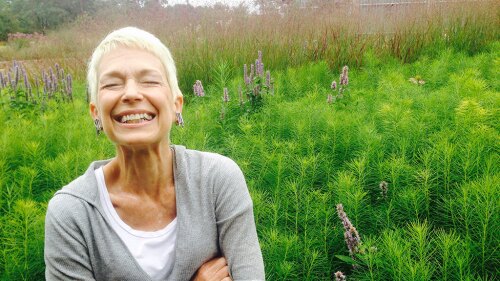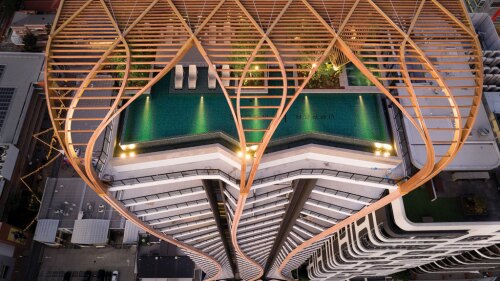Design and Planning
Several architecture and infrastructure projects add up to a new public realm exalting the pedestrian experience
The construction phase is where the vision of a future-proof parking facility truly takes shape, where theoretical plans transform into a tangible, tech-ready structure. This step isn’t merely about pouring concrete and raising steel; it’s a critical juncture for embedding the smart capabilities that will define the modern parking experience and ensure its long-term relevance in an evolving mobility landscape.
Once the heart of Kansas City’s Black commerce, arts and innovation, 18th & Vine gave rise to jazz legends like Charlie Parker and Count Basie, athletes like Jackie Robinson and Satchel Paige, and institutions including America’s Negro Leagues Baseball Museum. It was a district built from necessity, residents created their own economic and social ecosystem. Every storefront held rhythm and resilience.
District Galleria, the name of a redevelopment plan in White Plains, New York—the county seat of Westchester—will demolish a four-and-a-half-decade-old enclosed mall and transform it into a community-oriented, mixed-use residential and retail space. The development team behind the multi-billion-dollar project is Pacific Retail Capital Partners (PRCP), which formed a joint venture with mall owner Aareal Bank, local developer Louis Cappelli of the Cappelli Organization, and New York’s SL Green Realty in 2022.
Four exemplary real estate projects were named the overall winners of the 2025 ULI Europe Awards for Excellence from this year’s ten finalists. The diverse winning projects include a social housing project in Milan situated on an abandoned office development site, a new secondary school in Brussels developed in a former brewery, a new flexible life sciences hub in Stockholm, and an acute healthcare facility in Birmingham, which is intended as a catalyst for community regeneration.
Guy Kawasaki—chief evangelist at Canva, former chief evangelist for Apple, and bestselling author—summed up insights gleaned from his years in tech and as host of the Remarkable People podcast, interviewing such luminaries as Margaret Atwood, Tony Fauci, Jane Goodall, and Steve Wozniak.
For decades, civic leaders have tried to revitalize Market Street, San Francisco’s central thoroughfare, only to see their efforts founder. “I sometimes call it the great white whale of San Francisco,” says Eric Tao, managing partner at L37 Development in San Francisco and co-chair of ULI San Francisco. “Every new mayor, every new planning director, every new economic development director has chased that white whale.” This year, however, an international competition of ideas hosted and run by ULI San Francisco, with support from the ULI Foundation, generated fresh momentum for reimagining the boulevard. The competition drew 173 submissions from nine countries and sparked new conversations about the future of downtown San Francisco.
Visionary placemaking leader Carol Coletta, recognized for her transformative impact on urban environments, to receive the ULI Prize for Visionaries in Urban Development.
Across the Brisbane River from Brisbane, Australia’s central business district, the 33-story Upper House residential tower stands out in the city’s skyline with its “dancing balconies” and curving timber ribbons inspired by the prominent roots of Queensland’s native Moreton Bay fig tree.
In cities large and small around the world—from Columbus, Ohio, to Valencia, Spain—a major focus of modern urban revitalization has been the addition of new sports arenas, purposely built in concert with supportive, mixed-use developments that can become self-sustaining neighborhoods.










